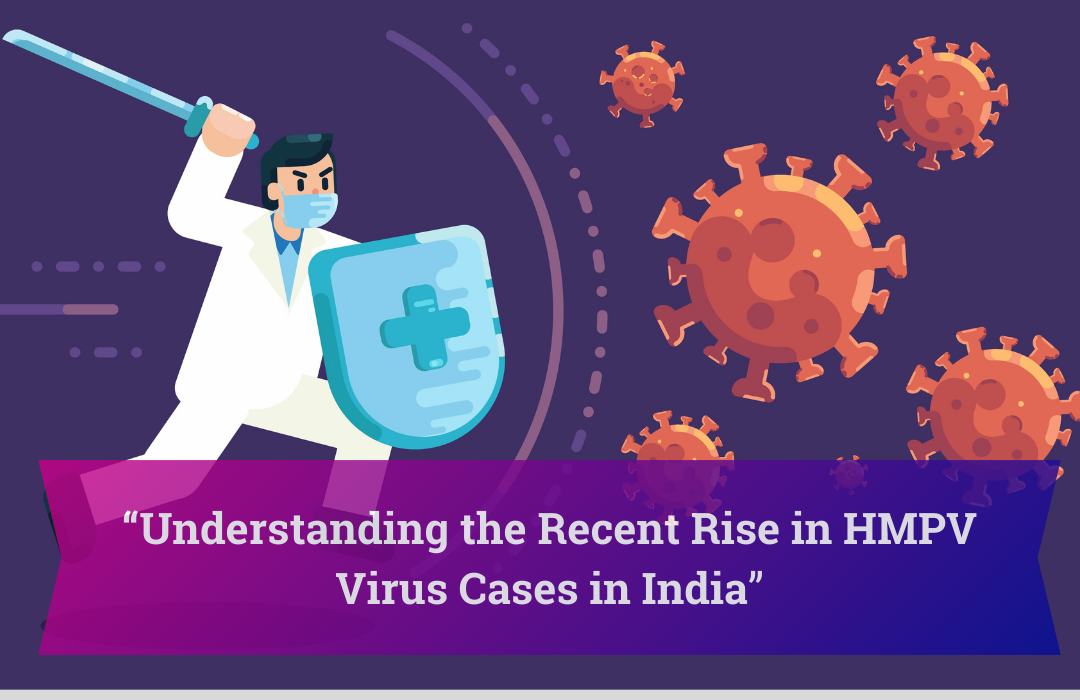Author: Dr Sandeep T, MBBS,MBA, MD, MMSc, MAMS, Infectious Diseases(ID) Consultant and Associate Professor, Department of microbiology, BGS Medical College & Hospital.
The human metapneumovirus (HMPV) is increasingly garnering attention in India due to a notable surge in cases. Though relatively less known than other respiratory viruses like influenza or RSV (respiratory syncytial virus), HMPV has been a significant contributor to respiratory illnesses globally since its discovery in 2001.
Here, we will explore the virus's mode of transmission, methods of diagnosis, available treatments, rates of morbidity and mortality, and debunk common myths associated with it.
What is HMPV?
HMPV is a respiratory virus belonging to the Pneumoviridae family, closely related to RSV. It primarily causes upper and lower respiratory tract infections, particularly in children, the elderly, and immunocompromised individuals.
Mode of Spread
HMPV is highly contagious and spreads through:
-
Respiratory droplets: Coughing, sneezing, or close contact with an infected person.
-
Surface contamination: Touching surfaces contaminated with the virus and then touching the mouth, nose, or eyes.
-
Direct contact: Close interactions like hugging or sharing utensils.
The virus can survive on surfaces for several hours, making hand hygiene and disinfection essential preventive measures.
Diagnosis
Clinical Presentation: Symptoms mimic other respiratory infections, including fever, cough, nasal congestion, sore throat, and wheezing. Severe cases may cause bronchiolitis or pneumonia.

Laboratory Tests:
-
RT-PCR: The gold standard for detecting viral RNA in respiratory specimens.
-
Antigen-based assays: Useful in rapid diagnosis.
-
Serology: Identifies antibodies but is rarely used for acute infections.
Treatment
There is no specific antiviral therapy for HMPV. Management focuses on supportive care, including:
-
Hydration and rest.
-
Antipyretics for fever.
-
Oxygen therapy for severe respiratory distress.
-
Mechanical ventilation in critical cases.
Antibiotics are ineffective unless there’s a secondary bacterial infection.


